-
 Bitcoin
Bitcoin $112400
0.86% -
 Ethereum
Ethereum $4509
-0.37% -
 XRP
XRP $2.968
-0.52% -
 Tether USDt
Tether USDt $0.9999
-0.02% -
 BNB
BNB $876.4
2.10% -
 Solana
Solana $214.3
4.69% -
 USDC
USDC $0.9998
-0.01% -
 Dogecoin
Dogecoin $0.2241
1.86% -
 TRON
TRON $0.3447
-0.45% -
 Cardano
Cardano $0.8586
0.25% -
 Chainlink
Chainlink $25.26
5.76% -
 Hyperliquid
Hyperliquid $45.95
-3.38% -
 Ethena USDe
Ethena USDe $1.001
-0.01% -
 Sui
Sui $3.491
0.92% -
 Stellar
Stellar $0.3830
0.57% -
 Cronos
Cronos $0.3333
27.15% -
 Bitcoin Cash
Bitcoin Cash $557.0
0.74% -
 Avalanche
Avalanche $24.75
0.77% -
 Hedera
Hedera $0.2406
0.46% -
 UNUS SED LEO
UNUS SED LEO $9.561
-0.08% -
 Litecoin
Litecoin $113.8
0.74% -
 Toncoin
Toncoin $3.187
1.26% -
 Shiba Inu
Shiba Inu $0.00001264
0.86% -
 Polkadot
Polkadot $3.995
3.37% -
 Uniswap
Uniswap $10.04
1.61% -
 Dai
Dai $0.9999
-0.01% -
 Bitget Token
Bitget Token $4.603
-0.87% -
 Monero
Monero $269.4
-1.07% -
 Aave
Aave $317.5
-1.55% -
 Ethena
Ethena $0.6731
10.25%
What are the essential components for a DIY crypto mining rig?
A mining rig requires a powerful GPU, multi-GPU motherboard, sufficient RAM, SSD storage, and a high-wattage PSU, with proper cooling and mining OS for optimal performance.
Aug 29, 2025 at 08:14 am

Core Hardware Requirements for Building a Mining Rig
1. A powerful graphics processing unit (GPU) is the heart of any DIY mining setup. Models like the NVIDIA RTX 3080 or AMD RX 6700 XT are frequently chosen due to their high hash rates and relative efficiency in processing cryptographic algorithms.
2. The motherboard must support multiple GPUs, typically through PCIe slots. Mining-specific boards such as the ASRock H110 Pro BTC+ allow for up to seven GPUs, making them ideal for scalable rigs.
3. A reliable central processing unit (CPU) is necessary, though it plays a minor role in mining performance. Entry-level options like the Intel Celeron G3900 are sufficient since the GPU handles the majority of computational work.
4. Sufficient RAM ensures stable system operation. 4GB to 8GB of DDR4 memory is standard and adequate for mining operating systems like HiveOS or SimpleMiner.
5. A solid-state drive (SSD) of at least 120GB provides fast boot times and stable storage for the mining OS and configuration files, reducing downtime due to system errors.
Power and Energy Management
1. A high-wattage power supply unit (PSU) is critical. Mining rigs consume significant power, especially with multiple GPUs. Units ranging from 1000W to 1600W are common, with 80 Plus Gold or Platinum certification ensuring energy efficiency.
2. Power distribution boards (PDBs) help manage electricity across several GPUs, especially when using riser cables. These boards evenly distribute load and reduce strain on individual connectors.
3. Using modular PSUs allows for cleaner cable management and easier troubleshooting. Improper power delivery can lead to hardware failure or inconsistent mining output.
4. Voltage regulators or buck converters may be used to fine-tune power input to GPUs, optimizing performance while reducing energy waste, particularly in overclocked configurations.
5. Always calculate total power draw before powering the rig. Overloading circuits can trip breakers or damage components, especially in residential setups without dedicated electrical lines.
Cooling and Physical Structure
1. Adequate airflow is essential to prevent thermal throttling. Open-air mining frames with adjustable fan mounts help maintain optimal GPU temperatures, especially under continuous load.
2. High-static pressure fans are more effective than standard models in pushing air through dense GPU arrays. Placement should ensure intake from the front and exhaust at the rear or top.
3. Ambient room temperature significantly affects mining efficiency. Operating in environments above 30°C can reduce hash rates and shorten hardware lifespan.
4. Mining frames made of aluminum or steel provide structural support and often include grounding features to prevent electrostatic discharge.
5. Dust filters and regular cleaning routines prevent clogging of fans and heat sinks, maintaining consistent thermal performance over time.
Mining Software and Configuration
1. Choose a mining OS such as HiveOS, which supports remote monitoring, automatic restarts, and real-time performance analytics through a web interface.
2. Mining software like T-Rex, GMiner, or PhoenixMiner must be compatible with the selected cryptocurrency and GPU models. Configuration files are adjusted to maximize hash rate while minimizing power consumption.
3. Joining a reputable mining pool increases the likelihood of consistent payouts. Pools like Ethermine or F2Pool aggregate computational power, distributing rewards based on contributed work.
4. Wallet integration is required to receive mined coins. Use secure wallets with strong private key management, preferably hardware wallets like Ledger or Trezor for long-term storage.
5. BIOS settings on GPUs should be flashed to mining-oriented versions, which remove video output limitations and optimize memory timings for computational tasks.
Frequently Asked Questions
What is the role of PCIe riser cables in a mining rig?PCIe riser cables connect GPUs to the motherboard, allowing vertical or spaced-out installation. They enable better airflow and accommodate multiple cards on a single board. USB-powered 3.0 risers are standard, but faulty units can cause crashes or detection issues.
Can I use integrated graphics for crypto mining?Integrated graphics lack the processing power and VRAM required for profitable mining. They are inefficient compared to dedicated GPUs and are not viable for mining cryptocurrencies that rely on proof-of-work algorithms.
How do I monitor the performance of my mining rig remotely?HiveOS and similar platforms offer web dashboards accessible from any device. These show real-time hash rates, temperatures, uptime, and power consumption, allowing adjustments without physical access to the rig.
Is it necessary to use a separate monitor during setup?Yes, initial configuration typically requires a monitor, keyboard, and mouse to install the OS and test stability. Once running, most miners operate headless, managed entirely through network access.
Disclaimer:info@kdj.com
The information provided is not trading advice. kdj.com does not assume any responsibility for any investments made based on the information provided in this article. Cryptocurrencies are highly volatile and it is highly recommended that you invest with caution after thorough research!
If you believe that the content used on this website infringes your copyright, please contact us immediately (info@kdj.com) and we will delete it promptly.
- Bitcoin Price Prediction: Institutional Wave Meets Reality Check, Says Research Firm
- 2025-08-29 15:30:16
- US ETFs, Bitcoin, and Spot Trading: A New Era?
- 2025-08-29 15:05:13
- Ethereum, X Layer, and OKX's Big Bet: What's the Buzz?
- 2025-08-29 15:30:16
- Ethereum: Wall Street's Token of Choice?
- 2025-08-29 12:45:13
- Cryptos with Massive Upside: Top Buys to Watch Now
- 2025-08-29 13:05:15
- BlockDAG's Presale Momentum: Is a 36x ROI Realistic?
- 2025-08-29 13:25:14
Related knowledge
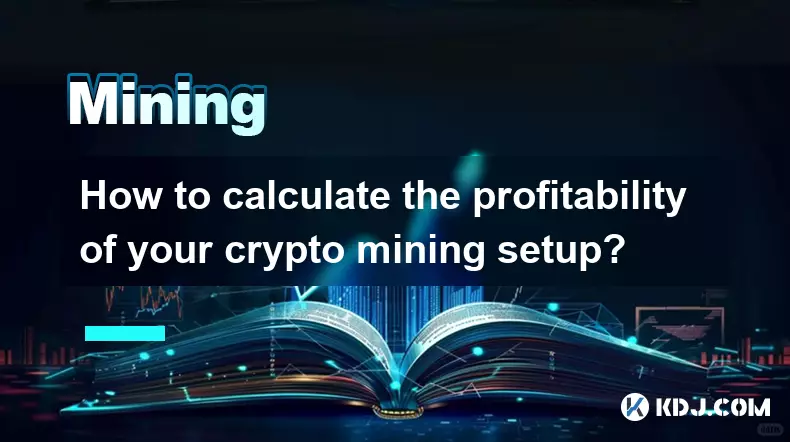
How to calculate the profitability of your crypto mining setup?
Aug 29,2025 at 10:15am
Understanding the Core Components of Mining Profitability1. The first step in evaluating mining profitability involves identifying the hash rate of yo...
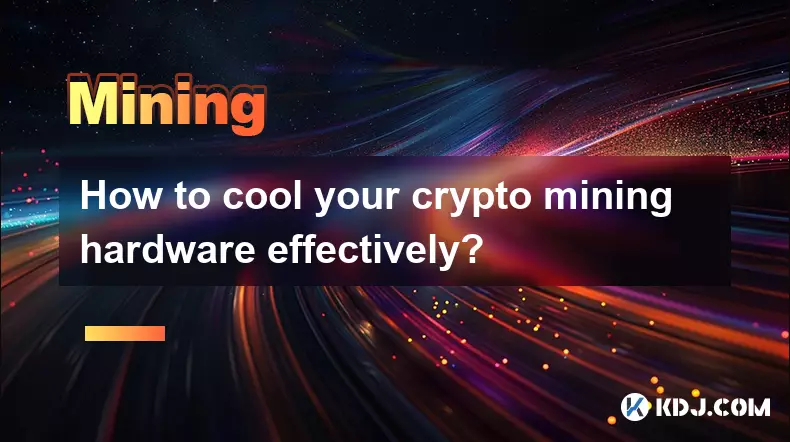
How to cool your crypto mining hardware effectively?
Aug 29,2025 at 07:56am
Optimizing Airflow for Maximum Heat Dissipation1. Positioning mining rigs in areas with unrestricted airflow is essential to prevent heat buildup. Ens...

What are the essential components for a DIY crypto mining rig?
Aug 29,2025 at 08:14am
Core Hardware Requirements for Building a Mining Rig1. A powerful graphics processing unit (GPU) is the heart of any DIY mining setup. Models like the...
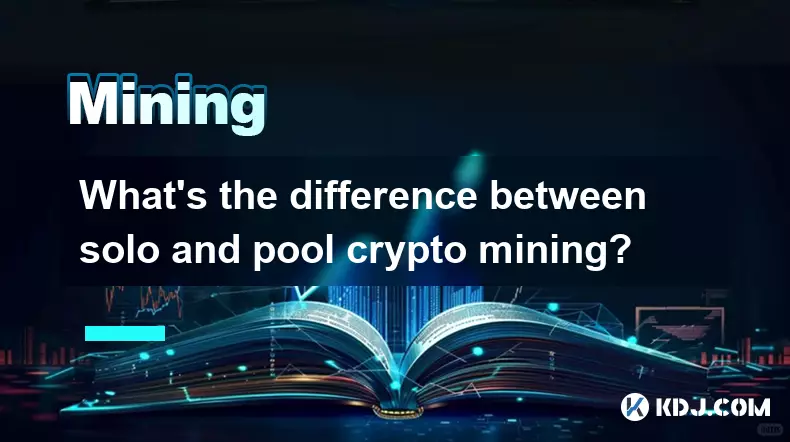
What's the difference between solo and pool crypto mining?
Aug 29,2025 at 02:14am
Solo Mining: Independence and Full Control1. Solo mining refers to the process where an individual miner uses their own computational resources to sol...
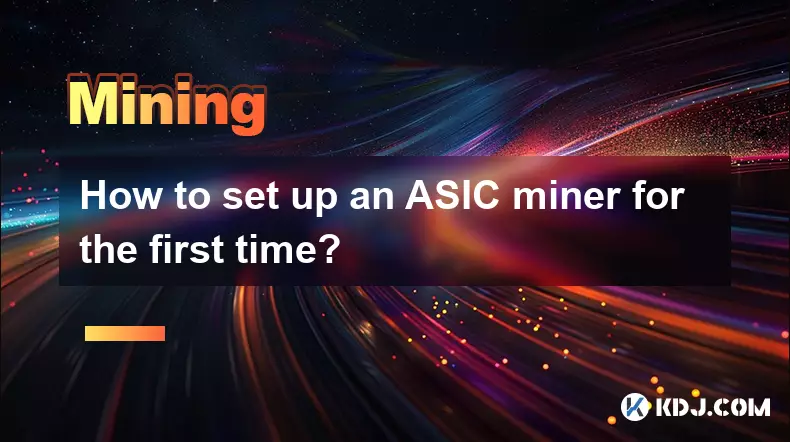
How to set up an ASIC miner for the first time?
Aug 29,2025 at 05:56am
Unboxing and Initial Setup1. Carefully open the ASIC miner package and verify all components are present, including the power supply unit (PSU), power...
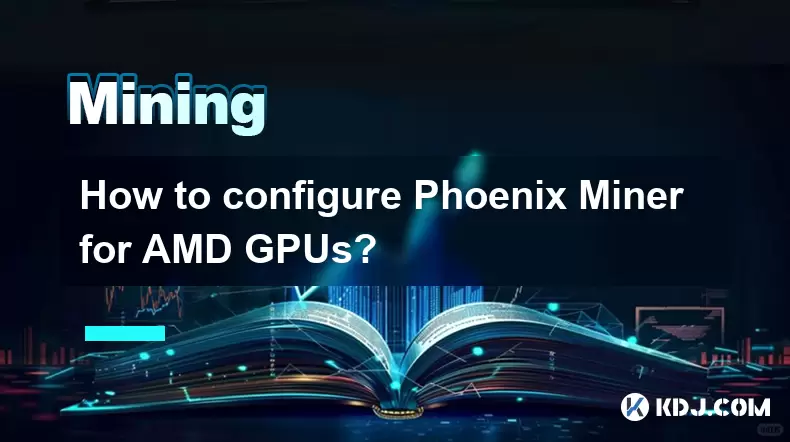
How to configure Phoenix Miner for AMD GPUs?
Aug 11,2025 at 03:21am
Understanding Phoenix Miner and Its Compatibility with AMD GPUsPhoenix Miner is a lightweight, high-performance Ethereum mining software designed for ...

How to calculate the profitability of your crypto mining setup?
Aug 29,2025 at 10:15am
Understanding the Core Components of Mining Profitability1. The first step in evaluating mining profitability involves identifying the hash rate of yo...

How to cool your crypto mining hardware effectively?
Aug 29,2025 at 07:56am
Optimizing Airflow for Maximum Heat Dissipation1. Positioning mining rigs in areas with unrestricted airflow is essential to prevent heat buildup. Ens...

What are the essential components for a DIY crypto mining rig?
Aug 29,2025 at 08:14am
Core Hardware Requirements for Building a Mining Rig1. A powerful graphics processing unit (GPU) is the heart of any DIY mining setup. Models like the...

What's the difference between solo and pool crypto mining?
Aug 29,2025 at 02:14am
Solo Mining: Independence and Full Control1. Solo mining refers to the process where an individual miner uses their own computational resources to sol...

How to set up an ASIC miner for the first time?
Aug 29,2025 at 05:56am
Unboxing and Initial Setup1. Carefully open the ASIC miner package and verify all components are present, including the power supply unit (PSU), power...

How to configure Phoenix Miner for AMD GPUs?
Aug 11,2025 at 03:21am
Understanding Phoenix Miner and Its Compatibility with AMD GPUsPhoenix Miner is a lightweight, high-performance Ethereum mining software designed for ...
See all articles

























































































